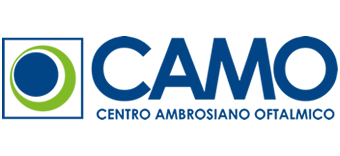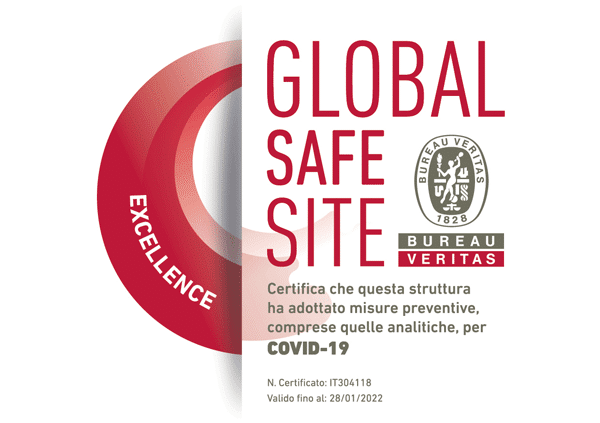Even in the more evolved forms, the patient will always be able to se with the peripheral zones of his field of vision; s/he will be able to move around and will recognize any obstacles.
Age-related macular degeneration (AMD)
AMD is the most frequent reason for a permanent reduction in sight in western countries amd it affects the elderly.
In Italy, almost one in ten people over 60 years of age and one in four over 75 years are affected.
In AMD, the macula is subjected to alterations that, over time, lead to a reduction in sight due to the progressive deterioration in the function of the photoreceptors; in some cases, they may be completely destroyed.
This does not mean that anyone who is affected by AMD are condemned to going blind. As we mentioned earlier, it is a condition that affects the macula, the central part of the retina. The peripheral portion of the retina is damaged only in some very rare cases.
Types of AMD
There are several different types of AMD, of differing severity and for each one there are different stages of the disease.
AMD can evolve in two directions (that are not necessarily separate) – the WET form and the DRY form.
How to find whether the problems are caused by AMD?
Normally two tests are performed on a patient with suspected AMD: fluorangiography and OCT.
Fluorangiography
Fluorangiography is a diagnostic examination that involves injecting a dye into a vein in the patient’s arm. When this dye reaches the eye, it will circulate in the retinal blood vessels, highlighting them and allowing the surgeon to record images or film clips of retina arteries and veins, using a special instrument equipped with a photographic/video-camera.
Fluorangiography i san examination that can be safely performed in all patients in good health. The only contraindication is an allergy to the dyes used.
The examination lasts between 5 and 15 minutes and can visualize the presence of newly-formed choroidal blood vessels (WET AMD) and determine whether there is any loss of liquid/blood from these vessels.
OCT
The OCT is a non-invasive examination that consents detailed visualization of the macula.
The OCT allows the doctor to observe the retina as though it was under a microscope. Using laser light that is absolutely innocuous for the patient, the doctor can capture images that will illustrate the condition of the retina in the region of the macula. During the OCT, the patient is asked to stare at a target (a cross or a dot) inside the objective of a special ‘photographic machine’ while sitting comfortably in front of the instrument.
With WET AMD, the OCT can highlight new vessel formation in the choroid and the blood/liquid they produce. In DRY AMD, the OCT can identify the degree to which the condition of the macula has been compromised.
At the time of writing, the OCT is a diagnostic method that is fundamental for all types of AMD, in the diagnostic phases and during the subsequent control examinations.




